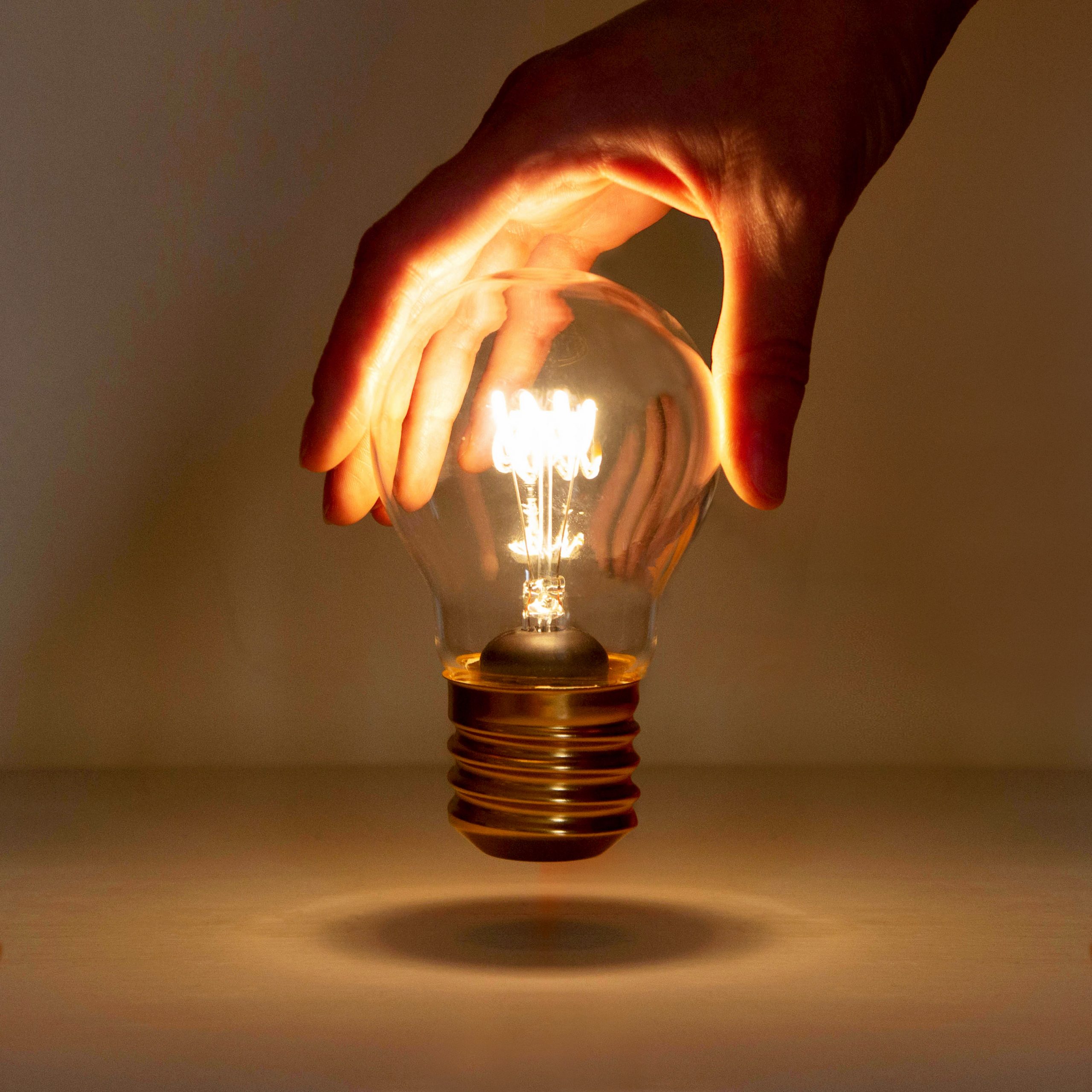There are various types of light bulbs on the market. Many people do not know how to buy good quality light bulbs when purchasing, and they do not know what material is good for light bulbs. Choose the right product. So, next, we will introduce the types of light bulbs and how to choose LED light bulbs.
I. What are the types of light bulbs?
Tungsten Light Bulb

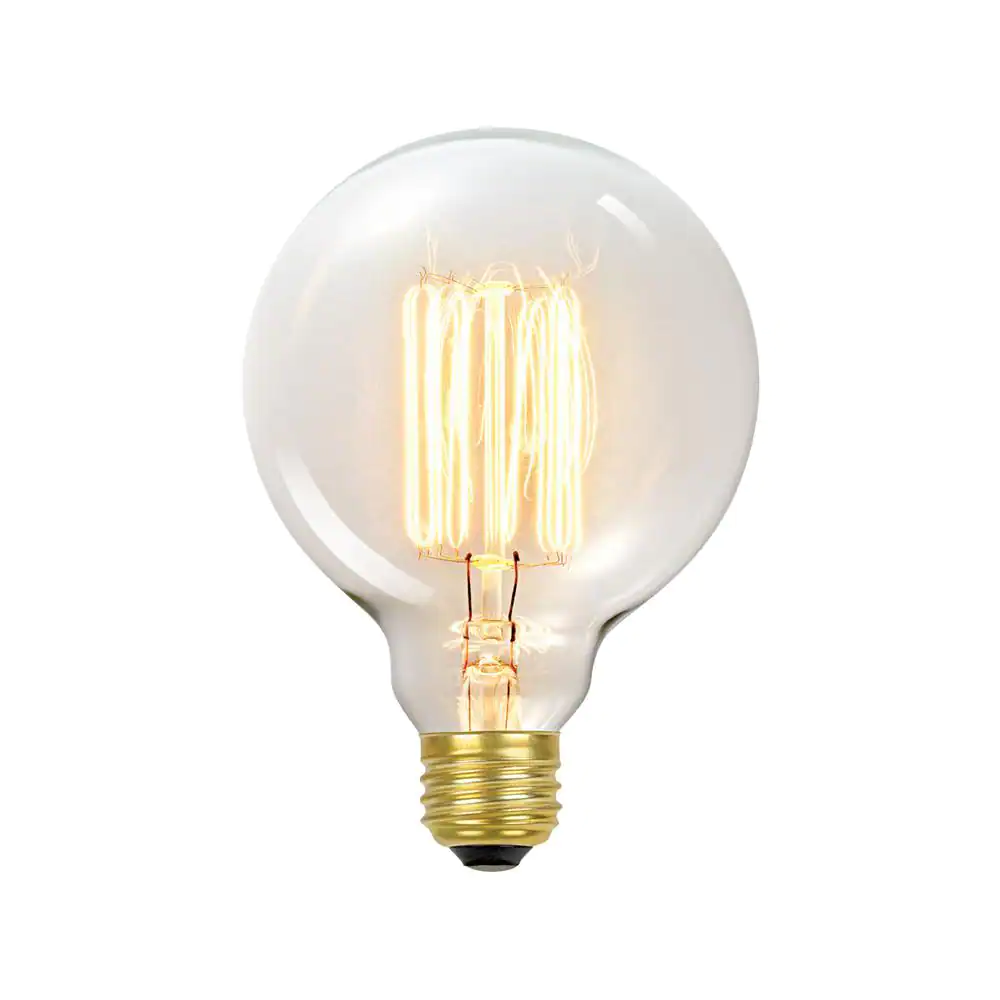
Tungsten filaments emit warm light and are less expensive, but tungsten filament bulbs have a short lifespan and consume electricity. In addition, there are many types of tungsten wire, which are suitable for different environments for different types of light sources. For example, W91 type tungsten wire is suitable for making filament; W61 type tungsten wire is suitable for making spiral coil filament.
Tungsten Halogen Light Bulb
The characteristic of tungsten halogen light bulbs is that the light energy can be radiated from the small needle filament, so this kind of bulb has a variety of shapes, which can save more space. In addition, tungsten halogen lamps can be divided into two styles: one is a high-volt type, which is mainly used for skylights; the other is a low-volt type, which is mainly used for downward lighting projection lamps.

Fluorescent Light Bulb
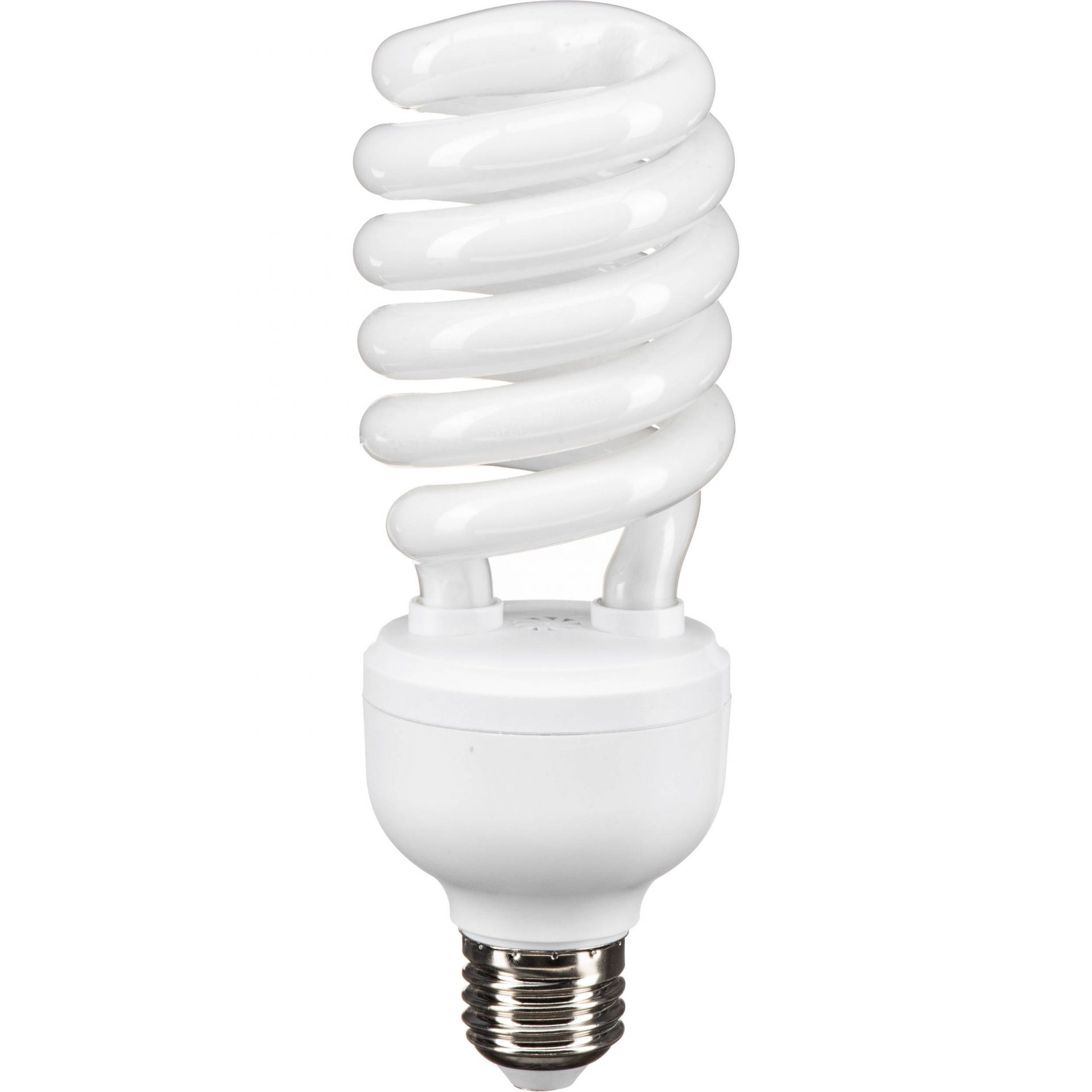
Fluorescent bulbs are mainly used in smaller lamps. The light of these lamps is cooler than that of tungsten lamps and has a cyan color, but the lamps are more power-efficient and durable, making them a more economical choice.
II. What are the key points for purchasing light bulbs?
Before purchasing, you must first understand the square of the space and floor height used by the light bulb, and then choose the appropriate type and style of light bulb according to your needs and budget. Here are 8 key points for you to buy light bulbs.

1. Area & Height
The use of light bulbs has a lot to do with the square of the space and the height of the building. Therefore, you must confirm it before purchasing to prevent the situation that the square number is too large and the wattage of the light bulb is insufficient. Taking the Hangzhou area as an example, 30 square meters, a building height of 2 meters, 8 to 3 meters, and a 23-watt light bulb are enough for such a square space.
2. Color Temperature
Color temperature is translated from English Color Temperature, which refers to the color changes that the human eye perceives under different energies of light waves. Simply put, it is the temperature of the color, expressed in degrees K (Kelvin). The lower the color temperature value, the more red and yellow light components; the higher the color temperature value, the more blue and green light components. Typically at 5,500k, red, green, and blue are balanced to produce white light when mixed. Although the color rendering is high and the object to be photographed will be more beautiful, it is still recommended to choose according to the space and usage needs. When choosing, it is recommended to choose one with a marked color temperature, so as to have a basis. (Note: The labeling method of the lamp is “830”, where “8” represents the color rendering, and “30” is the color temperature, that is, 3,000K.)
3. Wattage
The wattage of the light bulb is generally in watts (W), which refers to its power. Generally, 13W, 23W, 60W and other specifications are common. The higher the wattage, the brighter the light bulb will be. Of course, the power consumption will be greater, and the electricity bill will naturally increase. The wattage of the light bulb can be determined according to the square of the space, the size of the building, and the use demand.

4. Lumens
Lumen, the unit of luminous flux, for the light source, this quantity describes the total amount of light emitted by the light source, which is simply the amount of light emitted. The higher the lumens, the greater the luminous flux of the light source, and the brighter the light bulb, which means the more light it emits. The amount of light emitted, the higher the value, the higher the efficiency of the light source.
5. Light Source Efficiency
Light source efficiency (lm/W) = lumens (lm) / power consumption (W), that is, the amount of light emitted by each watt of power. When the more light sources that consume power output, the higher the light source efficiency is. Therefore, choose When purchasing, pay more attention to the light source efficiency value. However, the luminous efficiency will still vary depending on the power size, type, and usage.
6. Color Rendering
The degree to which the light source presents the color of the object is called the color rendering CRI (Ra value), that is, the degree of color fidelity. If the proportion of light of each color contained in the light released by the light source is close to that of natural light, the color you see will be more realistic. The color rendering is based on 1 to 100, and 100 is the best color rendering. As for indoor lighting, it is recommended to use a light source with a color rendering over 80.
7. Lamp Head Size
Common lamp holders are named after the first English word E of Edison, the inventor of the light bulb. Generally, E27 bulb and E14 bulb are commonly used. E17 bulb is a lamp holder with a screw diameter of 17 mm, which is generally used for household use, while E40 is rarely seen in ordinary households or even not available. Since the size of each lamp head is different, you must first figure out the required lamp head size when purchasing, so as not to cause it to be unusable after purchase. It is recommended to take the old bulb with you when you buy it, which can prevent the problem that the size of the lamp head does not match after purchase.
8. Voltage
The current domestic voltage is 220V.

III. What is the point of choosing LED light bulbs? What are the areas to focus on?
In essence, LED light bulbs are an electronic product. Like refrigerators and TVs, the materials used by manufacturers are directly related to the quality of the final product. In this regard, they cannot be confused with ordinary light sources. Why are there so many brands and models of LED light bulbs on the market? The reason is very simple, that is, the threshold is too low, and the market is hot, and the installation is also very convenient. The same E27 LED bulb connector can be replaced by anyone who has a ladder. It is these factors that cause the flood of LED light bulbs.
There are many selection points of LED light bulbs on the Internet, but most of them focus on parameters. Here I will add how to choose LED light bulbs in practice.
1. W does not represent brightness
The W on the LED bulb logo represents power, not brightness. Due to different technologies, manufacturers use different chips and packaging technologies, which will produce different energy efficiency ratios. Therefore, with the same wattage, different brands, the brightness of the lamp is different. It is very easy to step on thunder!
2. The instructions on the package are for reference only
At present, 90% of the LED bulbs sold on the market can only be used for reference. For example, the life span of tens of thousands of hours is only the life of the die, not the overall life of the LED light bulb. Most of the luminous flux values are not accurate. Even if they are correct, they are only within one meter, and if they exceed one meter, they will decay rapidly. Relatively speaking, only the reliability of power is higher.
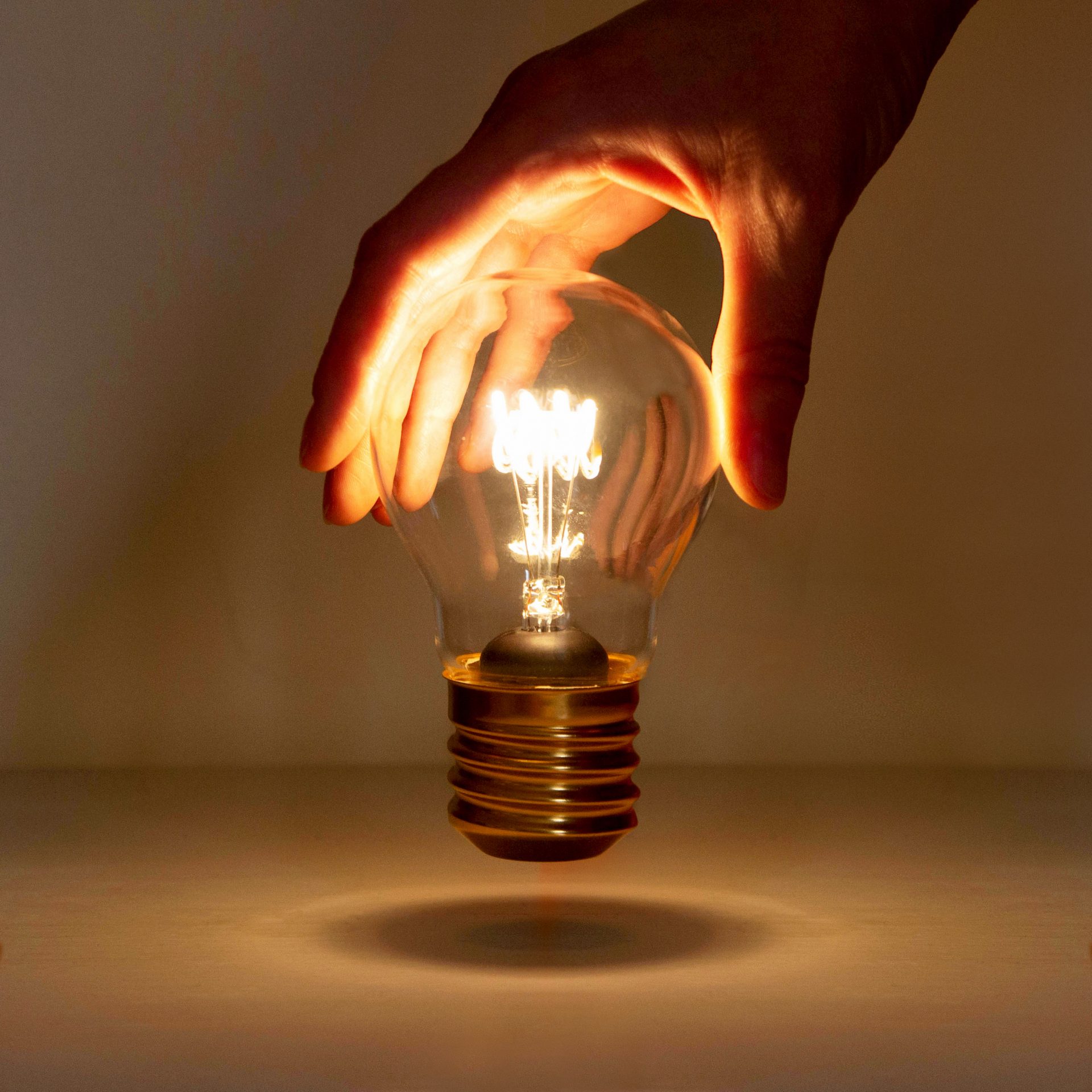
3. The brightness of the LED should not only depend on the lamp body
When going to the store to buy light bulbs, merchants usually put the LED into a white acrylic box, which looks very bright. In fact, many LED bulbs have insufficient energy efficiency or insufficient technology, and decay rapidly at a distance of one meter, so they are only suitable for use as atmosphere lights. Therefore, depending on whether the brightness of the LED light is enough, do not directly look at the light source, but should look at the effect of the light on the target.
4. Temperature control effect of LED bulbs
Some studies have pointed out that LEDs will begin to decay as long as they exceed 50 ° C, and it is difficult to control the temperature of LED light bulbs, which pack all components into a small space. This is the reason why you get what you pay for. Good bulbs will use a separate design, and the temperature is relatively easy to control within 50°C, while the LED bulbs that sell well for a few dollars need to be separated. It’s definitely not possible to do it.
Remember this sentence, LED light is a luminous body with high brightness but extremely low illumination, so whether you choose a light bulb or a flashlight, the focus is on how bright the target is, not how bright the light itself is.

IV. How to choose LED light bulbs?
Faced with a dazzling array of LED light bulbs, how should you choose? I believe that many people still don’t know much about the labeling on the box, and there are many traps in the labeling. Let me know, pick the right light from 5 simple labels. The market price of LED bulbs is chaotic, ranging from 100 yuan to 500 yuan each. Don’t take the price as the first consideration.
1. CNS
The first step in purchasing LED light bulbs is to look for the “CNS” certification mark on the packaging box. This is the first and most important screening step, be careful! There are also pitfalls in CNS certification. It must have an inspection certificate number to be true; there is also a difference between “conformity” and “certification passed”.
From July 1, 2014, LED light bulbs officially require CNS15630 standard certification, which is the first specification for LED lights in Taiwan and the government’s first gatekeeping standard for LED lights. The badge is a circle with an arrow inside it. Since the specification only started on July 1 last year, don’t buy products manufactured before July 1 last year.
In addition, some manufacturers will mark “in compliance with CNS safety standards” but do not have the CNS mark and inspection certificate number, or have a seal icon but no inspection certificate number, these are wrong. remember! It is true that there must be an inspection certificate number.
2. Crystal Color
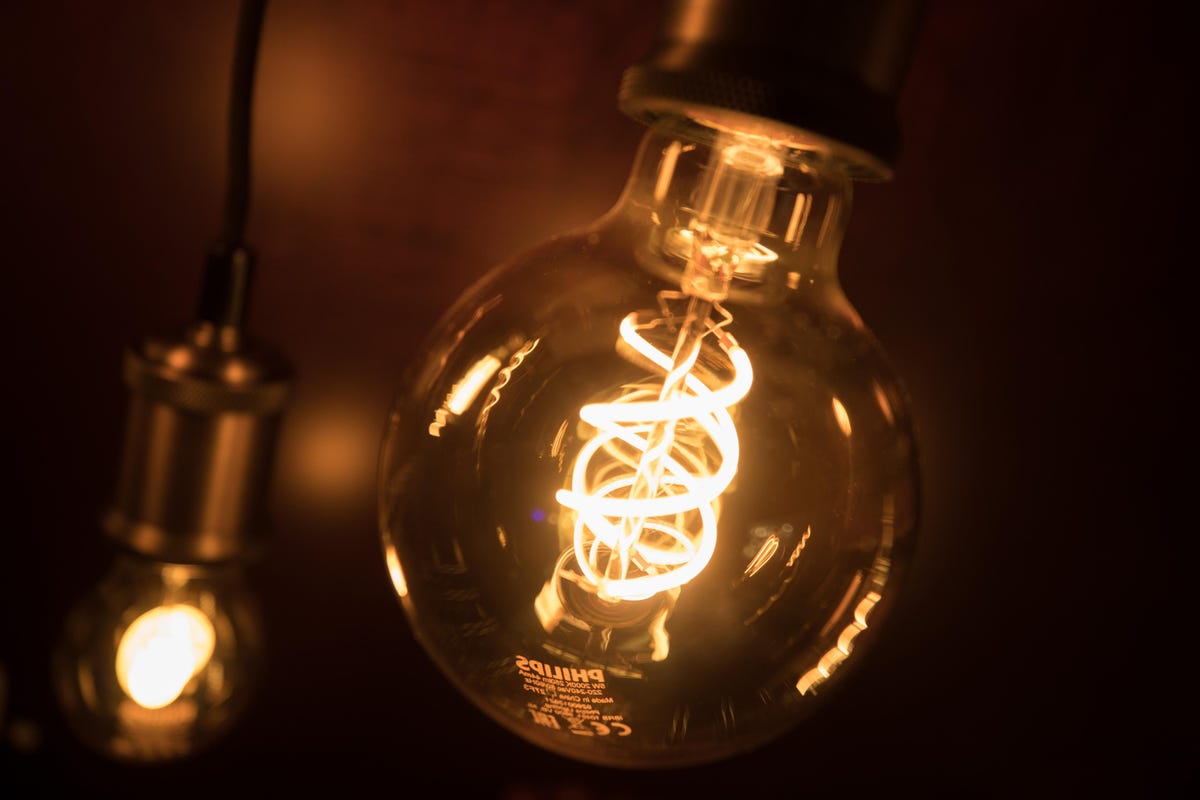
When you go to buy LED bulbs, you should first sieve out the bulb crystals that are like egg yolks, because the yolk-shaped crystals encapsulate the components and the crystal grains together, and the heat is all concentrated together, so it is very prone to decay. Of course, there are also high-end LED light bulb manufacturers with new technology to make egg yolk lamps, but the LED bulb price is very expensive, and many dozens of bulbs will use the technology, so you can skip it directly. On the other hand, the price of the egg yolk lamp is also the cheapest, and the material itself is not good.
3. Light Color
The light emitted by LED light bulbs is usually very dead. You can light the bulb and shine it on your hand to see if the light source is soft, and then shine the floor through the palm of your hand to see if the light and shadow are chaotic or not. The very dead light emitted by the LED is not suitable for lighting if it is not adjusted. Usually, the eyes will feel very sour for half an hour, and if the optics are too poor, there will be overlapping shadows, which will deepen the eyes. of astigmatism. In addition, some low-quality light bulbs will change color after a period of time.

4. Power
If you buy LED light bulbs to install in the hallway and use them occasionally, choose a light bulb with a good light color. But if you want to install it on the ceiling of the living room as the main lighting, you must pay attention to the power. How much power meets the requirements, you need to do a small test, first look at the height of the ceiling, if it is 3 meters, then you can light the LED bulbs at a distance of 3 meters from the wall, preferably 1~2 screws in the middle If the light can still reach the wall, then this bulb is basically a good bulb that meets the lighting needs.
5. Lumens
Most people think that the selection of brightness is based on the number of watts (W). This is wrong. The brightness is based on the lumens (lm) mark, and the number of watts is based on the unit of power consumption.
For example, if the same 800lm luminous flux LED bulb, one only needs to consume 7W, and the other is 10W, then you can choose 7W to save power. It is not that the larger the W number, the brighter it is. Last year, the best luminous efficiency per watt of LED chips was about 85-100lm/w. This year, it has been raised to 150lm/w. With the advancement of technology, the power consumption will be lower and lower with the same number of lumens.
6. Lifetime & Light Decay Rate
If it is marked as F70 for 15,000 hours, it means that after 15,000 hours, there will be a 30% light decay; the highest order is F90, if the life is 25,000 hours, it means that after 25,000 hours, the light decay is only 10%. It is easy to make a price/performance analysis comparison.
7. Color temperature
The lower the color temperature, the more yellow the color is, and the higher the color, the whiter it is. Around 4000K is the color of sunlight, and 5000K-6500K is pure white. White light or yellow light depends on personal preference and the place of use. Generally speaking, yellow light is less dazzling, and the light source is softer, which is less harmful to the eyes. The whiter it is, the higher the blue light damage is likely to be.
8. Full Voltage (100-240V) or Single Voltage (110V or 220V)
If it is a single voltage, special attention should be paid to whether the voltage of the place of use is in line with the voltage of the place of use. Nowadays, many storefront commercial spaces on the 1st and 2nd floors of new buildings are often equipped with a voltage of 220V. If the selected light bulb is a single voltage of 110V, the light bulb will soon burn out. On the contrary, if the 220V bulb is used in the 110V power distribution area, the brightness of the bulb will probably be discounted.
9. Luminous Flux
The luminous flux of LED light bulbs is different, and the price is also different. Generally, LED bulbs should meet the laser class I standard.
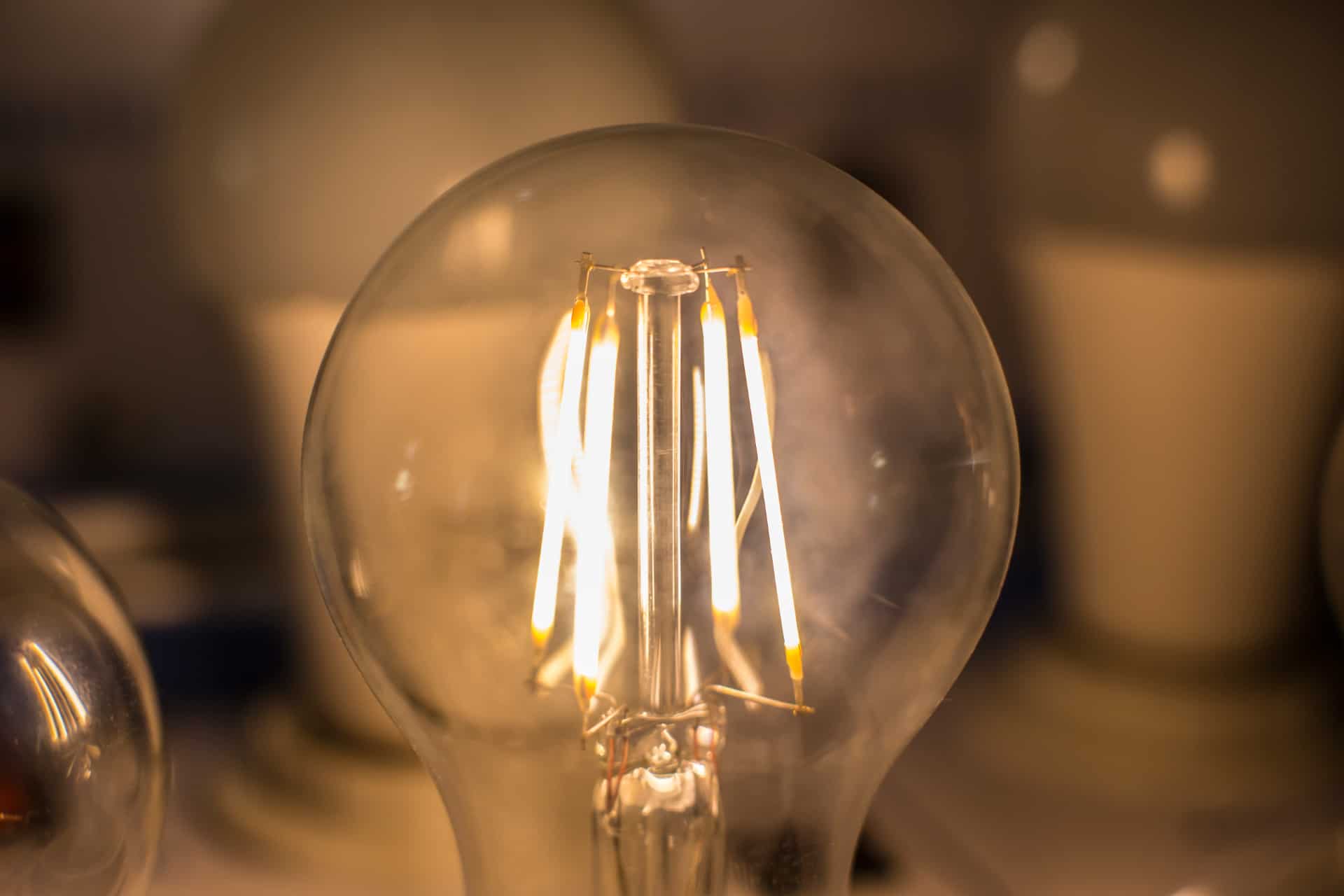
10. Anti Static Ability
To choose LED light bulbs with good anti-static ability, although the price is relatively expensive, the service life is long and the quality is good.
11. Wavelength
You can choose LED light bulbs with good wavelengths, the color should be the same, but the price will be more expensive.
12. Leakage Current
When purchasing, pay attention to leakage current. LED light bulbs with large leakage current have shorter lifespan and lower price.
13. Lighting Angle
If you need to choose a special light-emitting angle, the price will be higher, such as a full diffusion angle, the LED bulb price will be higher.
14. Wafers
For different chips, prices will vary. Generally, the chips in Japan and the United States are more expensive, and the price of chips in China will be lower.

In addition to the above steps, if the LED bulb price is too cheap or the eyes are uncomfortable, it should be discarded. If the quality does not reach a certain level, there may be problems such as flickering, blue light and other eye injuries, and even the risk of burning. By the way, ceiling-mounted lamps, if they are used as main lighting, must be directed towards the ground, otherwise high-power bulbs will be useless.
